PRESENTED BY

What do you do when you’ve stamped out your passport, exhausted your vacation leave, and, oh, okay, are short on budget? Here’s an idea: Move about, cover new ground, and experience new things by going out of your comfort zones in the places you call your ‘hood. This is the idea that brought canonical camera brand Canon (sorry, we couldn’t resist) and ride-sharing app Uber together for Hidden Cities.
Uber’s data reveals interesting travel trends and behavior, including the places in Manila with the least drop-offs. Uber soon realized these places were worthy of a second look. So worthy, in fact, that they partnered with Canon to capture the hidden beauty. Together, they’re on a mission to uncover and photograph the stories behind the least visited spots in major Southeast Asian cities, including Manila.
In the process, Uber and Canon are giving the concept of hidden gem a whole new meaning. These least visited spots are more than under-the-radar areas. They are truly hidden places that even locals don’t know or go.
Locally, three bloggers—Aaron, an architect armed with an EOSM5; Benj Ramos, a travel photographer whose weapon of choice is an EOSM6; and Kriz Uy, a lifestyle blogger who, with her EOSM100, captures “fashion, travel, and anything that inspires her”—set out to three seldom visited places in Metro Manila, and captured their long-forgotten mystery and magic.
Philippine Post Office Main Office (Port Area Manila)
You’ll already get a glimpse of how grand the main office of the Philippine Postal Corporation is, coming down from Quezon Bridge in Quiapo, and driving past it on your way to Intramuros.

It also offers a breathtaking view from the water; if you’re taking a ferry on the Pasig, this is what it will look like. Imagine that grand sight a century ago, when the river was pristine.
Built in a neoclassical design, it reflects how splendid Manila must’ve been in the late 18th century, and much of the 19th, when overseas mail from the Philippines was transported to Europe through Mexico.
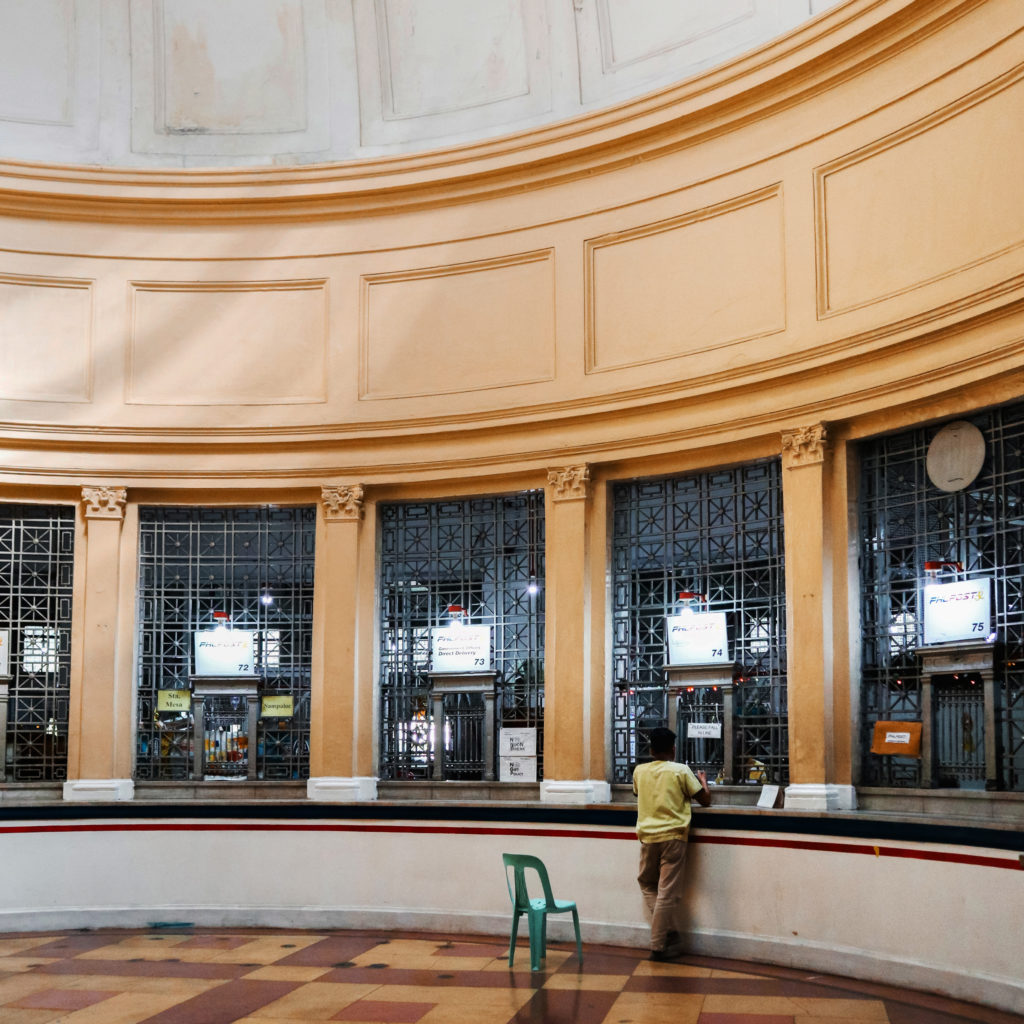 Photo: @aieos
Photo: @aieos
This design carries over in the interiors, with its impressive grill work at the counters, towering ceilings, and marble floors.

Strolling through the Philippine Post Office these days is like walking back in time, when Manila was known as a prime center of postal services this side of the world. Well. How times have changed.

Squint your eyes just right, and you might be able to imagine coaches bearing old grandees from Spain dropping off parcels for their loved ones back home. It looks beautiful any time of day, but is particularly enchanting at sunset. Coming from Jones Bridge from Escolta, it’s pretty enough to make you stop and snap a photo.
Puerta Real Gardens, Intramuros
It boggles the mind that this beautiful gem is one of Manila’s least visited places. Like, for realz? People should visit Puerta Real more often just to see what proper landscaping looks like—and why greenery beat concrete every time. Forget skyscrapers, we say. Let’s all live in gardens instead.

Just outside the south wall of Intramuros is this breathtaking paradise of tropical plants, flowers, orchids, and all things green. Accessible via a drawbridge and a cobblestone path, Puerta Real can be your own oasis of calm amidst a city beset by pollution and chaos.

A short climb up the ramparts gives you a 360 view of the city, its greyness softened by the foreground of golf green underneath.

No wonder it’s known as a choice location for people celebrating their nuptials. If you do choose to visit, though, be careful to not litter. If there’s one thing we’ve learned from Hidden Cities, it’s that places like Puerta Real deserve our respect and protection. That way we’ll ensure beautiful photographs for decades to come.
Bahay Nakpil-Bautista
432 A. Bautista, Quiapo, Maynila,
1001 Metro Maynila, Philippines
Quiapo may be one of the most anarchic and notorious districts in Metro Manila (and also one of the most interesting), but within its labyrinthine streets lie true treasures, such as Bahay Nakpil-Bautista, or Nakpil-Bautista house.

Though constructed in 1914 on the site of a previous Nakpil house (hence it being called as “the home of the heroes of the 1896 revolution”), the house features architectural details popular in the late 19th century. It was built by Arcadio Arellano, whom many elite hired to design their houses, and who was known for choosing Filipino-inspired motifs instead of Western ones.

The house sits on two lots totaling 500 square meters and has two stories. Dr. Ariston Bautista, who lived there with his wife Petrona Nakpil in 1914, might have had a hand in its design, as the house is bereft of the elaborate details usually favored by the wealthy. Instead, it takes its inspiration from the Vienna Secession, a style hitherto unknown in the Philippines during that time, and which came at the same time as art nouveau. He and Petrona, a painter, had received some Secession-style furniture as a gift, and, enamored with the aesthetic, designed their house around it.
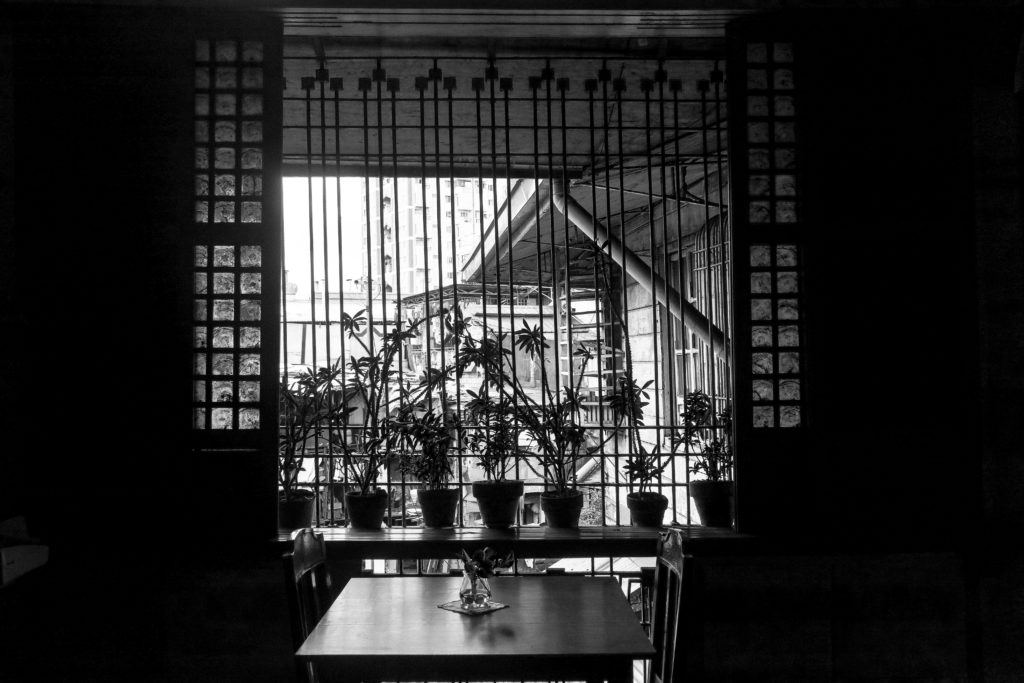
The window grilles in the back are shaped like plant stems, with the flowers encased in squares, while the grills in the front are fashioned after lyres. A part of the interior walls are traced with an abstract interpretation of the kuyapo plant, a kind of water lily after which Quiapo is named.
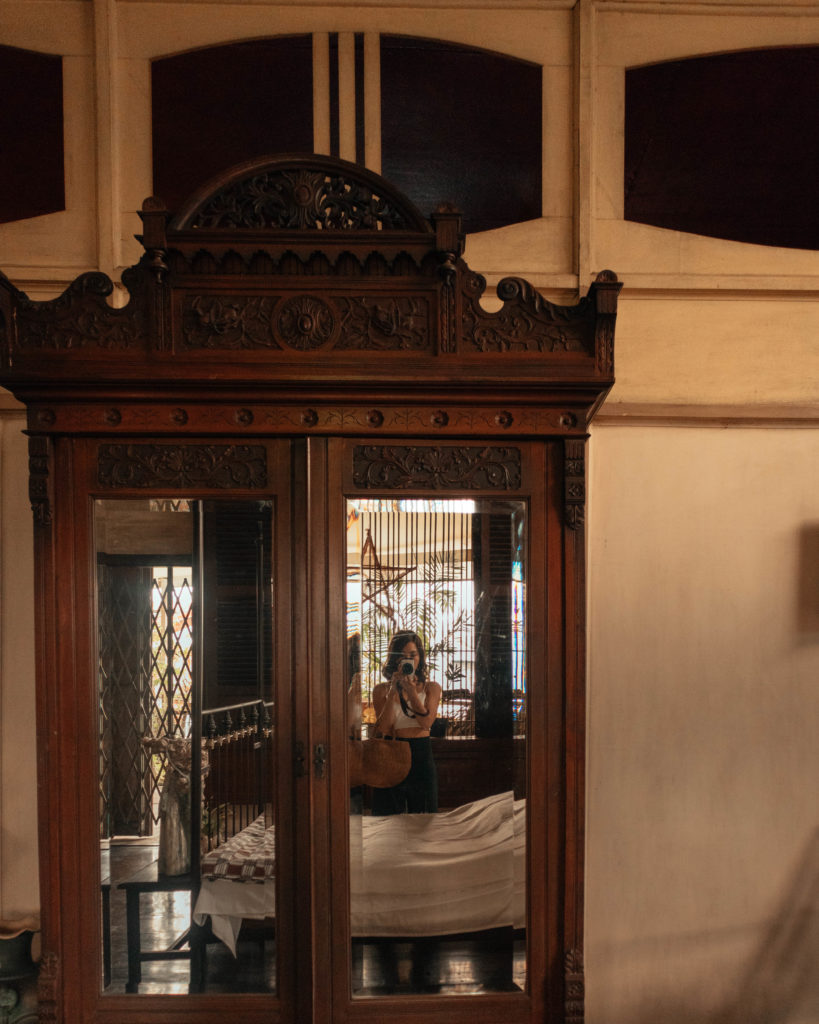
The house is open for viewing, and on the second storey is a museum that honors the Nakpils and the family’s ancestors who played a role in the Katipunan, Julio Nakpil and his wife Gregoria de Jesus (once married to Andres Bonifacio).
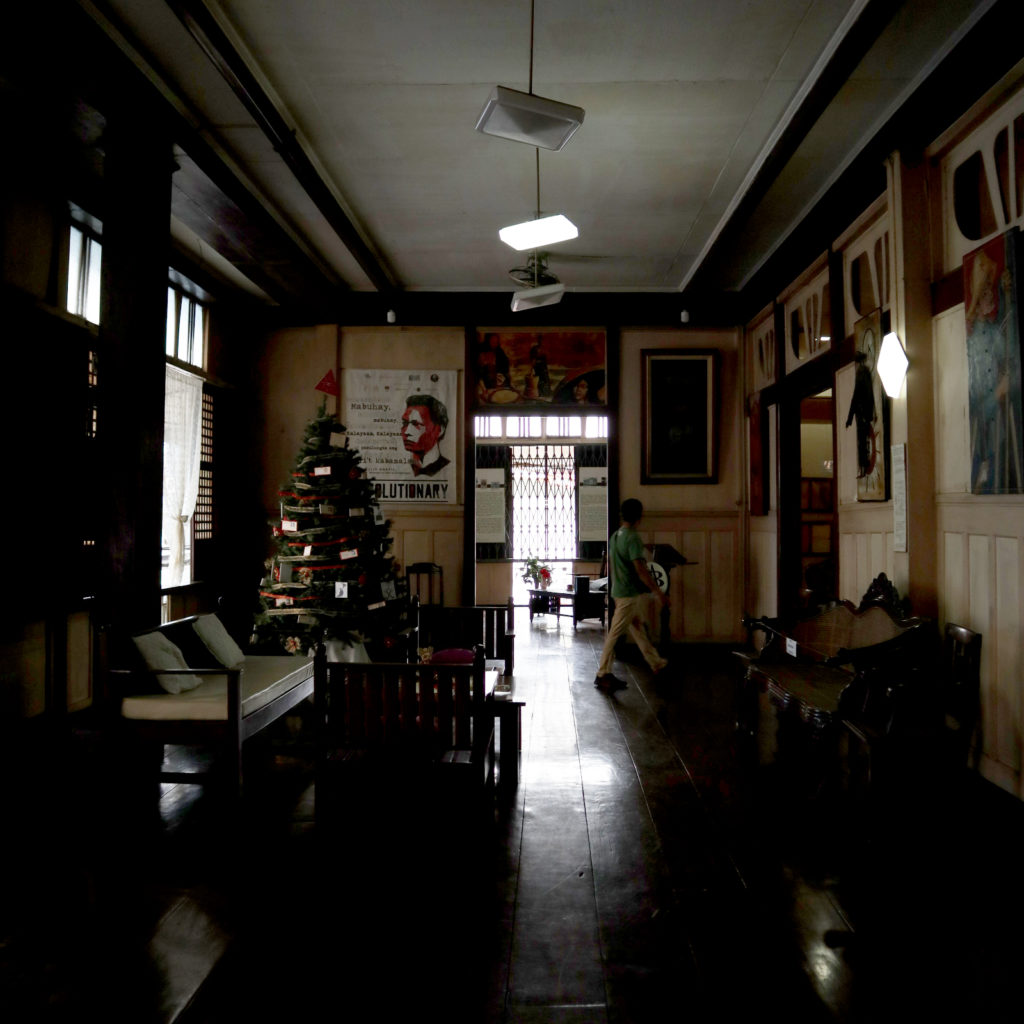
Other figures in Philippine history have also made their residence in the Nakpil-Bautista House. Among them, Juan Nakpil, National Artist for Architecture, and Angel Nakpil. Dr. Bautista himself played his own part in both Philippine and world history, having invented a medicine to fight cholera. The historic home also housed the original Black Nazarene statue of Quiapo Church during World War II.
What are you waiting for?
It’s easy to take the familiar for granted. Every day, you might be walking or driving by a place that is worthy of the history books, a whole story over drinks, or at least a decent snapshot by you. It doesn’t take much—just a bit more courage and another dash of your innate thrill-seeking spirit.
For inspiration, check out Canon’s expert photography tips (and submit your own shots!) and Uber’s microsite featuring maps and guides. Time to see where curious minds and itchy feet have taken Aaron, Benj, and Kryz, and where they might take you.
Then see what hidden destinations other Instagrammers have discovered in KL, Singapore, and Jakarta. And—since this is the age of “pics or it didn’t happen”—share your photos on your photos on Instagram using #HiddenCities, #WhereTo and #CanonxUber.
Show the world how taking those several courageous steps with a questing heart and probing eye can change one’s perception of the familiar. Pull up that Uber app on your phone and just input the destination of adventure for the day. You won’t regret it.
Header photo: @benjilramos

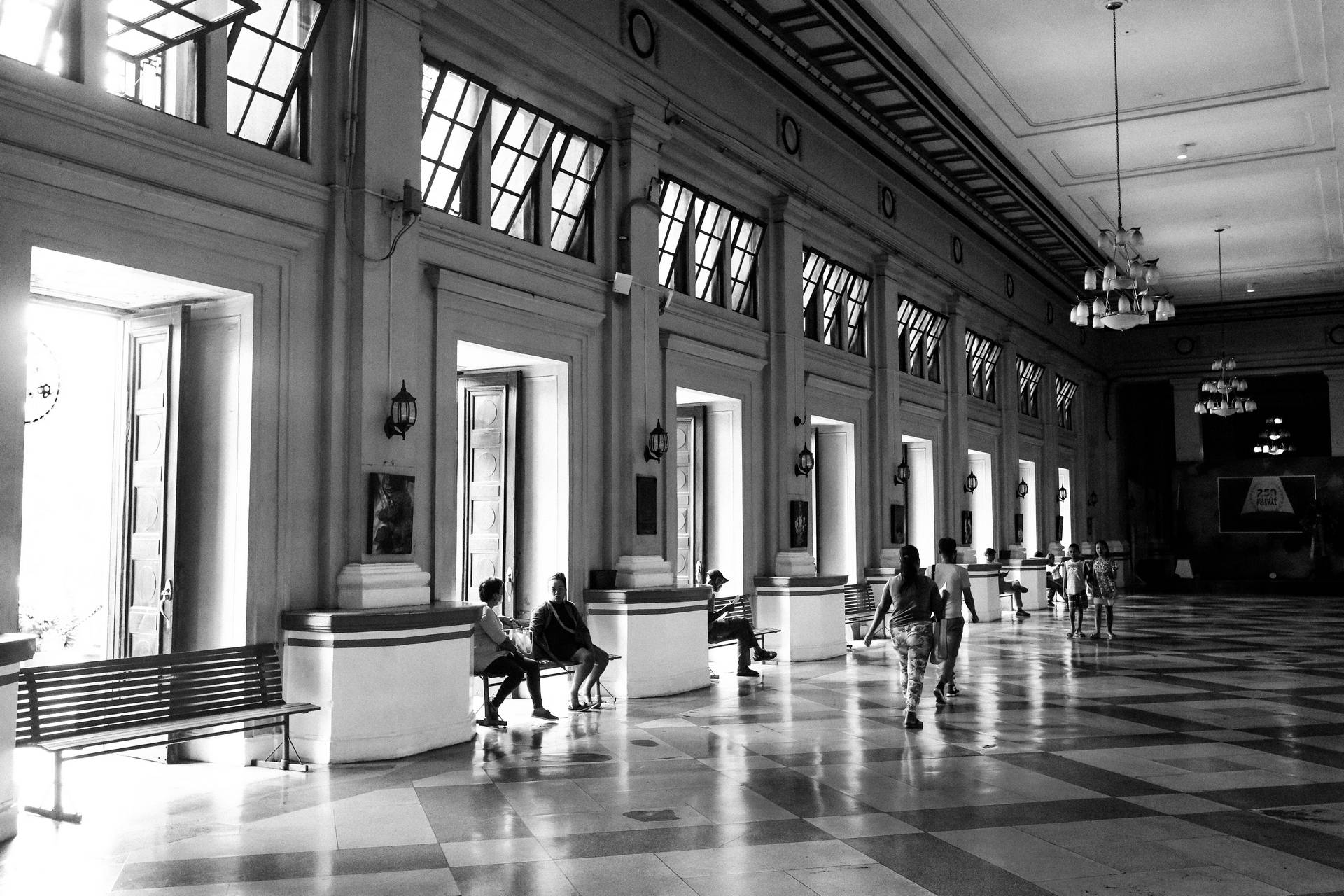


Reader Interactions